Soil determination of Paulownia afforestation
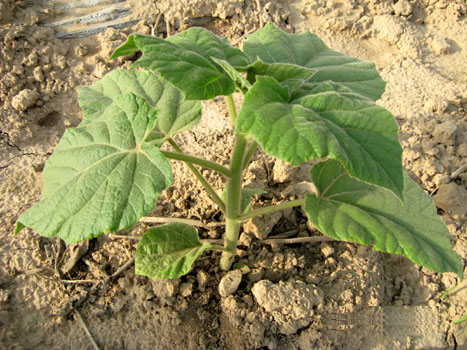
Soil determination is an important technical basis for judging the quality of paulownia afforestation land
Paulownia has a very wide distribution range in my country, with more than 20 provinces, municipalities, and autonomous regions suitable for growth. However, the soil types in these areas are varied and the soil nutrient content varies from place to place. Therefore, in addition to understanding other natural factors of the Paulownia plantation land, mastering the soil physical and chemical properties, soil salinity and soil nutrients of the plantation land will have important guiding significance for us to capture the high yield of paulownia. The specific performance is as follows:
According to the test results, it can be known whether the target afforestation land can build a paulownia plantation
Among other conditions, we can know whether the target afforestation land can establish a paulownia plantation through soil measurement. It is best not to plant Paulownia in areas with poor soil aeration, high salinity, strong acid and alkali, and plant other tree species, which greatly reduces the blindness of Paulownia afforestation.
Based on the test results, an effective comprehensive evaluation of the afforestation land can be implemented
According to the biological and ecological characteristics of paulownia, the reasonable choice of afforestation land is related to the quality of afforestation, the cost of afforestation, the profit rate of afforestation, and the technical key to whether the fast-growing characteristics of paulownia can be fully utilized. In addition to other conditions, Paulownia is most suitable to grow on soil with a pH value of 6.0-7.5, salinity within 0.1%, deep soil, good air permeability, comprehensive nutrients, and moist soil.
The closer to this soil standard, the fast growth of paulownia. The better, the higher the profitability of afforestation, the lower the cost of afforestation. Therefore, before the establishment of Paulownia plantations, especially in shallow hilly areas with complex soil environment, high infertility, and lack of long-term cultivation, multiple target afforestation lands can be selected in different or the same area, and the soil physics of the target afforestation land can be understood and mastered. , Chemical properties, soil salinity and soil nutrients, combined with other conditions suitable for Paulownia to implement effective comprehensive evaluation, and make a reasonable selection of afforestation land.
According to the test results, the production management mode after afforestation can be formulated
Through soil measurement, we can know the quality of the soil in afforestation land, combined with other conditions suitable for Paulownia to implement a comprehensive evaluation. In addition to other conditions, the soil test results of the afforestation land are excellent, and the intensive management model can be implemented in the process of afforestation after afforestation. Otherwise, the extensive or semi-extensive management model can be used to manage the Paulownia production. The benefit rate is increased to the highest.
Based on the test results, a more complete fertilization improvement plan can be formulated scientifically
In the production of Paulownia, according to various soil data and soil fertilization, and according to the characteristics of Paulownia’s fertilizer requirements, scientifically formulate a more complete fertilization improvement plan, including scientifically formulating Paulownia fertilization fertilizer types, various fertilizer types, fertilizer application time, The amount of fertilization, the frequency of fertilization and the method of fertilization, including the formulation of scientific soil improvement measures, and resolutely do not apply fertilization blindly.
What is lacking in the soil, and how much is lacking, which not only meets the needs of fast-growing and high-yield paulownia, but also greatly reduces forest management. Ineffective input in the process, thus achieving a win-win situation, achieved the shortest time, less investment, more wood production, and at the same time produced significant ecological, economic and social benefits.

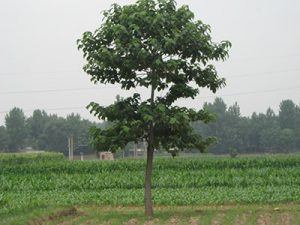
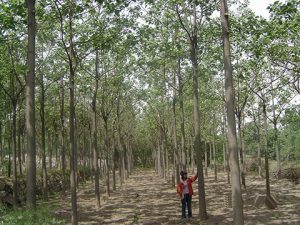
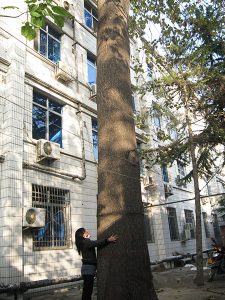
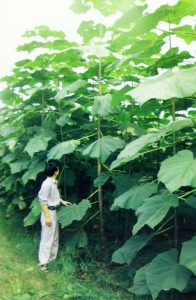
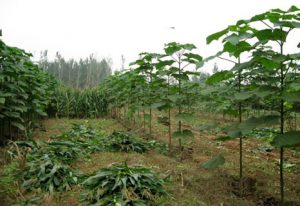
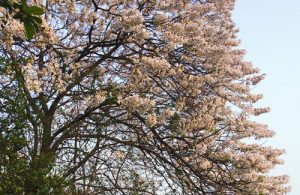
I’m really impressed with your writing abilities as neatly as with the
structure on your blog. Is this a paid theme or did you modify it your self?
Either way keep up the excellent high quality writing, it’s uncommon to peer a great blog like this one today..
After looking at a handful of the blog posts on your blog, I honestly appreciate your technique
of writing a blog. I bookmarked it to my bookmark website
list and will be checking back soon. Please check out my web site too and let me know your opinion.